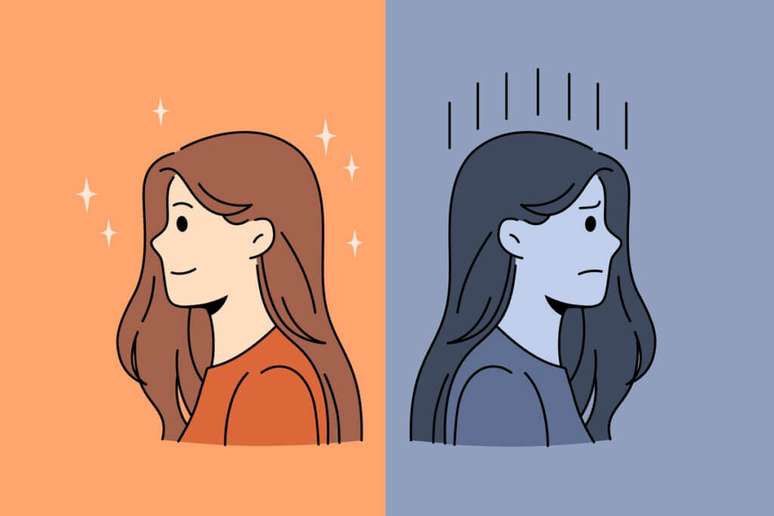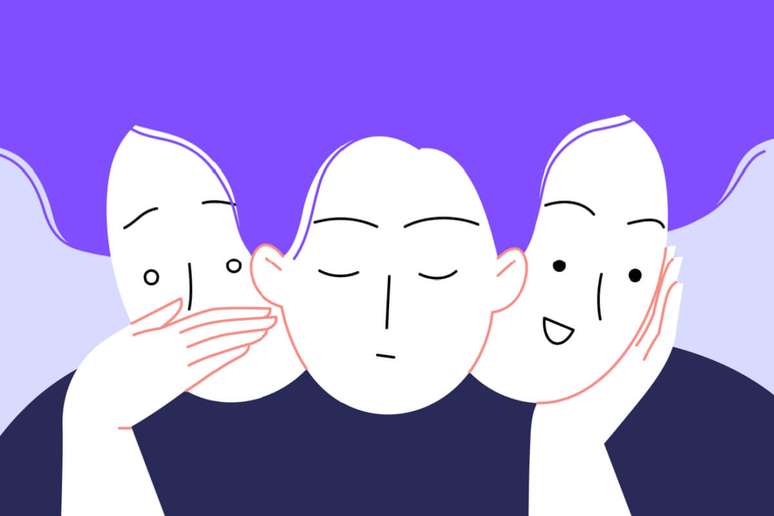The psychologist explains the impact of the disorder on everyday life and the main forms of treatment
Borderline Personality Disorder (BPD) is a mental disorder that affects millions of people around the world. Marked by constant changes in mood, behavior, self-image and functioning, the syndrome is often underdiagnosed, making it difficult to access adequate treatment.
html[data-range=”xlarge”] figure image img.img-448dca9b50fc769c98dda4e528711a8c01w7uhlf { width: 774px; height: 516px; }HTML[data-range=”large”] figure image img.img-448dca9b50fc769c98dda4e528711a8c01w7uhlf { width: 548px; height: 365px; }HTML[data-range=”small”] figure image img.img-448dca9b50fc769c98dda4e528711a8c01w7uhlf, html[data-range=”medium”] figure image img.img-448dca9b50fc769c98dda4e528711a8c01w7uhlf { width: 564px; height: 376px; }HTML[data-range=”small”] .article__image-embed, html[data-range=”medium”] .article__image-embed { width: 564px; margin: 0 auto 30px; }
Main symptoms of the disorder
According to Vanessa Gebrim, psychologist and clinical psychology specialist at PUC de SP, borderline personality disorder comprises several symptoms, highlighting sudden emotional changes. “The most common symptoms include emotional instability, a sense of worthlessness, insecurity, impulsivity and impaired social relationships, a sense of emptiness, abandonment anxiety and suicidal thoughts,” says the psychologist.
Diagnosis
Borderline syndrome is often misunderstood, which makes it difficult treatment adequate. “A psychiatrist or psychologist can diagnose the disorder based on a thorough interview and a comprehensive medical examination. Clinical analysis can help rule out other possible diseases and disorders. Unfortunately, borderline syndrome is often underdiagnosed or misdiagnosed,” points out the psychologist Vanessa Gebrim. .
Possible causes of borderline
As for the causes of the TPB, Vanessa Gebrim explains that they are not yet fully understood. “The disorder can occur due to a genetic predisposition. However, strong emotional experiences as a child, such as coping with illness or death, psychological abuse, sexual abuse, neglect, psychological terror, separation physical injury, parental separation or orphanage can all lead to the development of the disorder,” she clarifies.
Impact of the disorder on daily life
One of the main consequences of the borderline is the impact on interpersonal relationships. “Individuals with BPD often develop intense and unstable relationships with family, friends, and loved ones, often ranging from extreme closeness and love (idealization) to extreme anger or hatred (devaluation). intense mood and highly variable, with each episode lasting anywhere from a few hours to a few days. And they have a high sensitivity to rejection […] little rejections cause big emotional storms,” she points out.
forms of treatment
As far as treatment is concerned, a multidisciplinary approach is important. “The treatment is carried out with the use of antidepressant drugs, mood stabilizers and tranquilizers indicated by the psychiatrist. In some cases, hospitalization may be necessary. In addition to drug treatment, follow-up must be maintained psychological carrying out psychotherapy and helping the individual to control their negative emotions, such as knowing how to deal with moments of greatest stress”, underlines Vanessa Gebrim.
Psychologist clarifies that BPD has no cure, but can be treated successfully. “Psychologists and psychiatrists play a fundamental role in patients controlling their impulses and emotions, improving their quality of life and preventing more serious situations, such as suicidal thoughts,” he says.

Development of other diseases and disorders
It’s also important to be aware of the possible complications associated with BPD: “It is not uncommon for a borderline person to develop bipolar disorder, depressioneating disorders (especially bulimia), PTSD, attention-deficit/hyperactivity disorder, and substance abuse disorder, among others,” she reveals.
The importance of family support
Finally, the support of family and friends during treatment is essential. “Encouraging the person to seek help is not always easy and, often, the family needs to accompany the borderline person to the sessions and participate in the therapy, in order to know how to manage conflicts. It’s important that family and friends know that the treatment works, even if it takes time, their support is essential along the way “, concludes the psychologist.
Edited by Maria Carolina Rossi
Source: Terra
Ben Stock is a lifestyle journalist and author at Gossipify. He writes about topics such as health, wellness, travel, food and home decor. He provides practical advice and inspiration to improve well-being, keeps readers up to date with latest lifestyle news and trends, known for his engaging writing style, in-depth analysis and unique perspectives.








